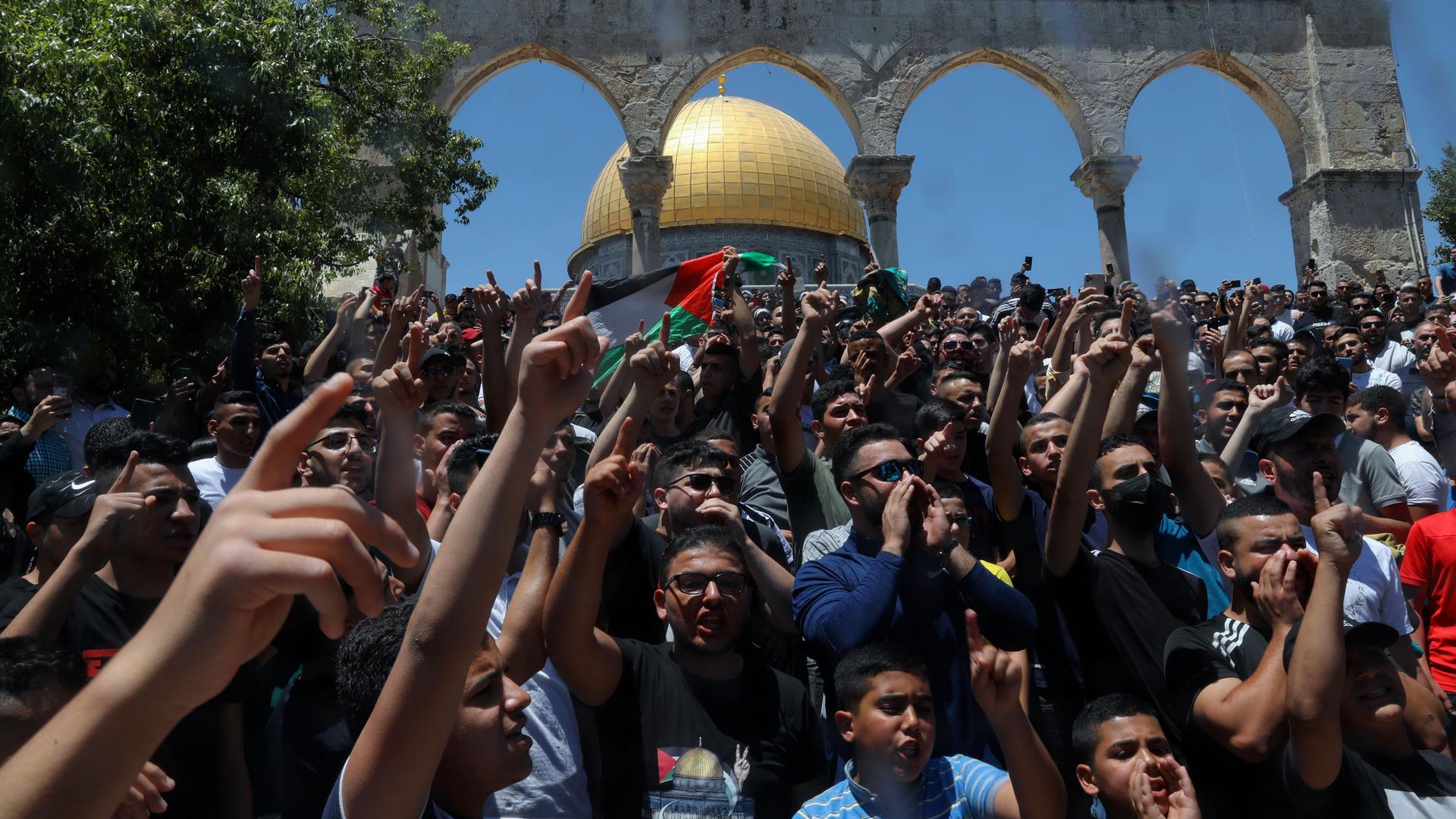This analysis was featured in Critical State, a weekly foreign policy newsletter from Inkstick Media. Subscribe here.
In the last decade, interest in non-violent resistance as a way for people to secure major reforms has increased among activists and policymakers alike. Research showing that civil resistance efforts are more effective at achieving political aims than violent movements sparked efforts from both grassroots organizers and state-sponsored democracy promoters to capture the apparent non-violent advantage. Today, however, after the disappointment of the Arab Spring and other non-violent democratization movements, there has been some reevaluation of just how much of an advantage non-violence provides. This week and next on Deep Dive, we’ll look at recent research on how — and for whom — civil resistance actually works.
Related: Family in conflict: Part I
In a forthcoming article in the American Political Science Review, political scientists Devorah Manekin and Tamar Mitts add a variable to the debate about the effectiveness of civil resistance: the ethnic identity of the people doing the resisting. Manekin and Mitts begin their analysis by reevaluating the leading data set on civil resistance by coding whether the resisting groups were made up primarily of members of their country’s dominant ethnic group or of an ethnic minority. After rerunning the regressions with this added variable, the salience of ethnicity to success in civil resistance becomes clear. Among movements drawing from dominant ethnic groups, non-violent movements are roughly 20% more likely to succeed than violent movements. When ethnic minorities are doing the resisting, however, the non-violent advantage completely disappears. For ethnic minorities, violent and non-violent resistance are equally unlikely to produce major political change.
Related: Family in conflict: Part II
That’s a fascinating result, but it doesn’t tell us much about what’s actually going on inside protest movements. Why does non-violence work for some people and not others? According to the civil resistance literature, non-violence draws its power from the way protesters are perceived — a non-violent sit-in and a bomb are both ways to temporarily disable a bridge, for example, but the sit-in is likely to be seen as inherently more legitimate by people who might be on the fence about joining the resistance movement. Non-violent action that can effectively coerce the state without sacrificing legitimacy can attract many fence-sitters to the cause.
Related: Checking in on democratic peace: Part I
With this mechanism in mind, Manekin and Mitts hypothesized that ethnic minorities do not benefit from the perceived legitimacy of non-violence in the way that dominant ethnicity protesters do. Specifically, drawing on the extensive literature on ethnic stereotyping, they theorized that non-violent protest by ethnic minorities might be perceived as violent, regardless of the protesters’ actual actions. If fence-sitters see your sit-in as something more like a bomb, whatever legitimacy gains you make by remaining non-violent go up in smoke.
Related: Checking in on democratic peace: Part II
To test their theory, Manekin and Mitts conducted survey experiments in the US and Israel. They presented respondents with news coverage of protest incidents and asked them to rate how violent the protest was and whether police action was required to quell the protest. The ethnicity of the protesters was randomized for each respondent — either white Americans or Black Americans in the US and either white Jews, Ethiopian Jews, or Israeli Arabs in Israel. Among US respondents, non-violent street marches were rated 8.5% more violent if the marchers were depicted as Black, and respondents were 75% more likely to recall Black marchers engaging in violent behaviors when asked about the details of the march.
In Israel, it was the same story. Non-violent marches by Ethiopian and Arab protesters were seen as 11% and 16% more violent respectively than marches by white Jews. Ethiopian marchers were 93% more likely to be remembered committing violence, and Arabs were 52% more likely.
Interestingly, when the protests the survey asked about actually were violent — destroying police cars for example — there was essentially no difference in how white and Black violence was perceived. In fact, Israeli respondents saw Ethiopians destroying police cars as being less violent than white Jews doing so.
In a second set of surveys, which added a condition in which respondents were told if the protesters expressed a commitment to non-violence or not, the results were essentially the same. Neither enacting non-violence nor publicly pledging to do so could make respondents perceive ethnic minority protesters as actually being non-violent. The non-violent advantage disappeared under the weight of ethnic prejudice. That finding is a depressing one for civil resistance advocates, but a clarifying one for activists. Clearly, the act of protest does not wipe away the prejudices that so often necessitate the protest in the first place.
Critical State is your weekly fix of foreign policy without all the stuff you don’t need. It’s top news and accessible analysis for those who want an inside take without all the insider bs. Subscribe here.
